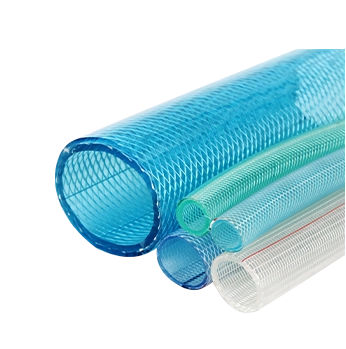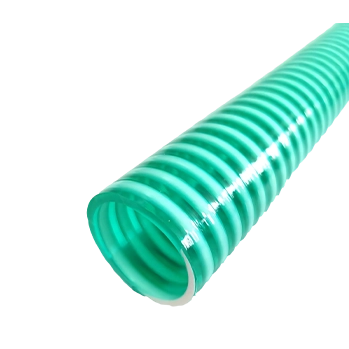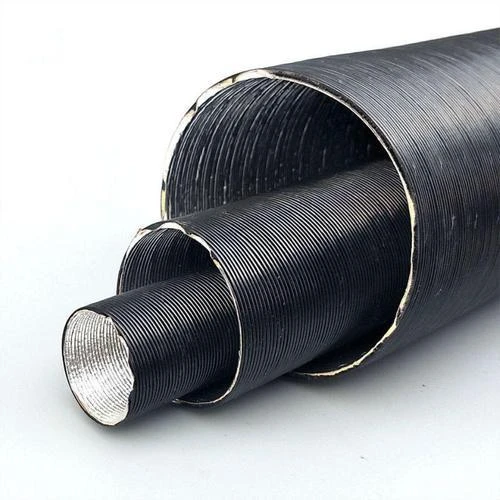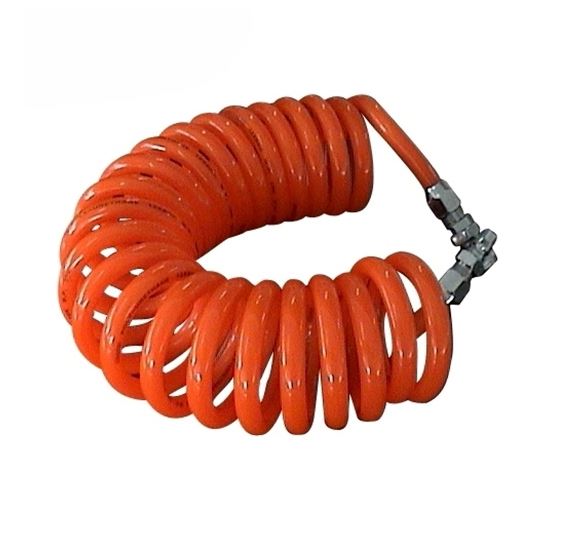difference between pipe tube and hose
Understanding the Difference Between Pipe, Tube, and Hose
Understanding the Difference Between Pipe, Tube, and Hose
Pipes are primarily defined by their intended use for transporting fluids, whether liquids or gases. They come in various materials, including metal, plastic, and concrete, and are often defined by their diameter and wall thickness. Pipes are standardized according to industry specifications, which include schedule numbers that indicate the thickness of the pipe walls relative to its diameter. This standardization is crucial for ensuring compatibility in plumbing and industrial systems. Additionally, pipes typically have a rigid structure, making them suitable for permanent installations where strength and durability are essential.
difference between pipe tube and hose

Tubes, on the other hand, are more versatile in terms of application and design. While they can also transport fluids, tubes are usually characterized by their precise dimensions, including outer diameter, wall thickness, and length. Tubes are often made from metals, plastics, or rubber and are manufactured to stricter tolerances than pipes, which allows them to be used in applications requiring accuracy, such as in medical devices or various engineering contexts. Unlike pipes, tubes can have varying shapes, including square and rectangular configurations, and can be easily bent or shaped, making them suitable for a wide range of applications.
Hoses represent a much more flexible category. Typically made from rubber, plastic, or reinforced materials, hoses are designed to be flexible and lightweight, allowing for easy maneuvering and connection in spaces where rigid piping might not be feasible. Their construction often includes layers for reinforcement and may feature a variety of fittings for connection to other devices or systems. Hoses are commonly used in applications like garden irrigation, automotive systems, and industrial machinery for transporting fluids under pressure or in vacuum conditions.
In summary, while pipes, tubes, and hoses may serve similar functions within fluid transport systems, they are fundamentally different in their construction, flexibility, and applications. Understanding these differences is crucial for selecting the right component for any project or system, ensuring optimal performance and safety. Whether you’re dealing with plumbing, engineering, or industrial applications, choosing the appropriate medium can significantly impact efficiency and effectiveness.
-
Welded Wire Mesh Panel: Durable, Versatile, and AffordableNewsJul.28,2025
-
Top Quality Oxy Acetylene Hoses for Sale Fit for Welding DemandsNewsJul.28,2025
-
The Future of Pneumatic Air Tubes in IndustryNewsJul.28,2025
-
Superior and Reliable LPG Hose Pipe Solutions for Every NeedNewsJul.28,2025
-
Exceptionally Durable and Versatile Premium Braided PVC TubingNewsJul.28,2025
-
Best Adapters for Connecting Garden Hose to PVC Pipe ConnectionsNewsJul.28,2025














